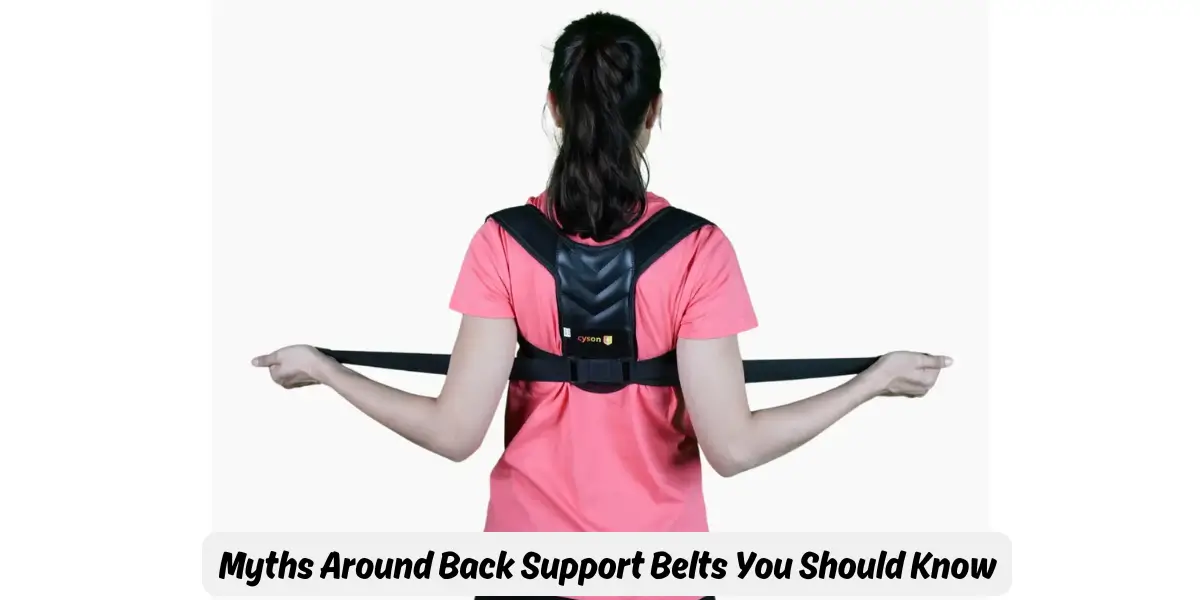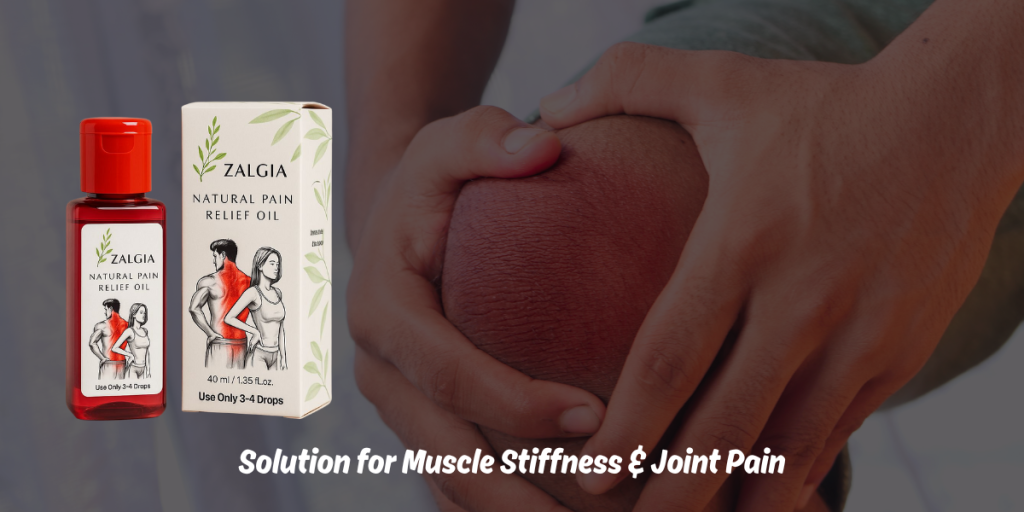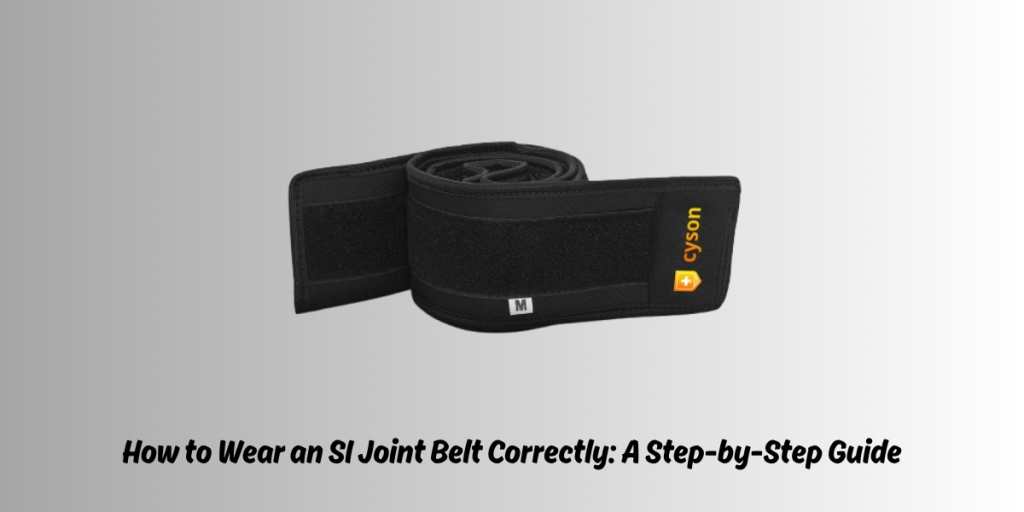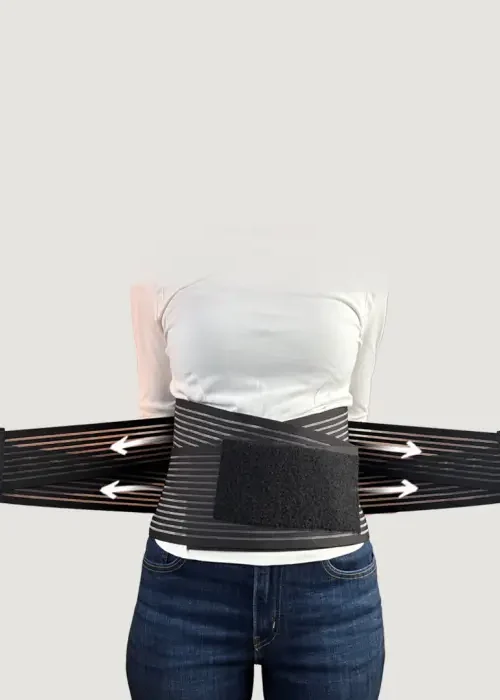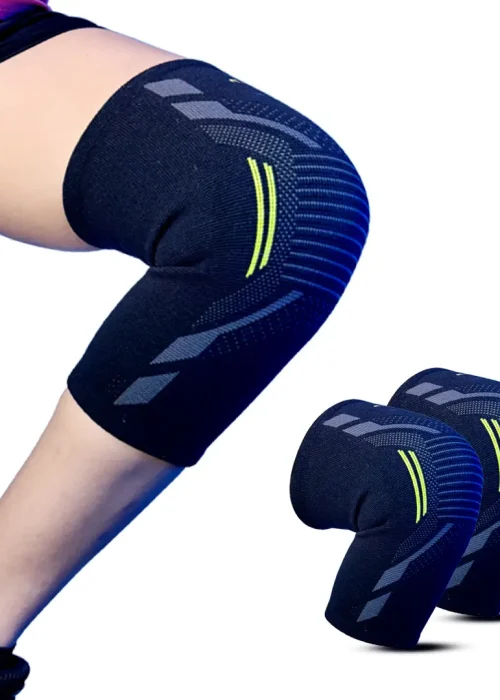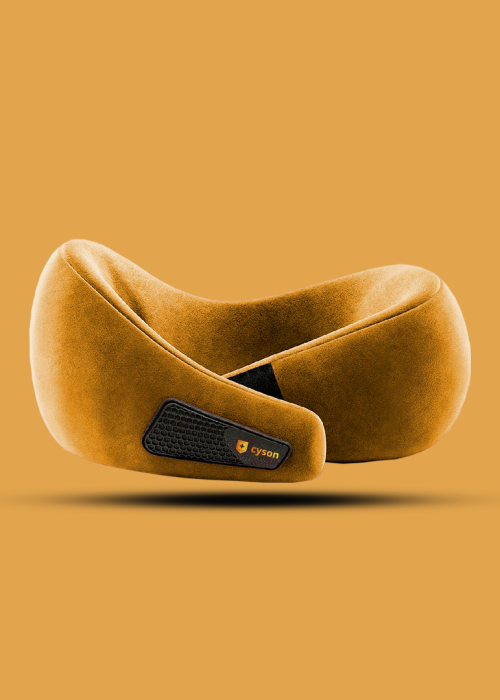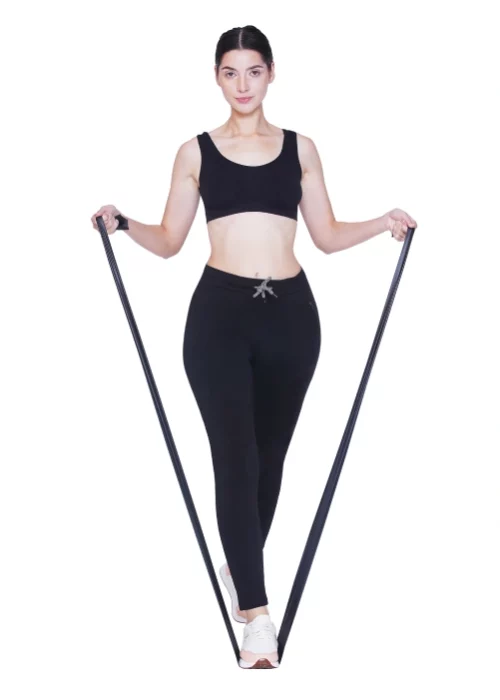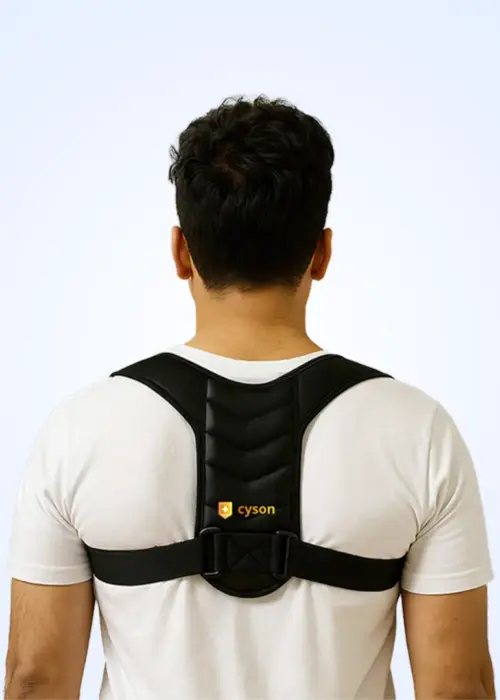What You Really Need to Know Before Wearing One
Back support belts are a standard accessory for people who suffer from back pain, whether you’re working at a heavy lifting and sitting at a desk for hours or working out. There’s plenty of misinformation regarding what these belts do and don’t do. We’ll clear many of the most common myths about them so that you can utilise belts in the correct manner.
Myth 1: Back Belts Can Cure Back Pain
Most people think that the act of wearing the back belt is going to solve their back issues. What is the truth? Belts aren’t magic solutions. They give temporary assistance and aid in stabilizing the lower back area; however, they do not address the root reasons for discomfort. Many back problems stem from insufficient muscles, bad posture or both. An individual belt won’t be able to fix those issues.
Myth 2: Wearing a Belt All the Time Makes Your Back Stronger
Belts are believed to train your back, making your back more powerful. However, too much reliance on a belt could cause weakness in the muscles in your core as time passes. Your back muscles and abdominals are designed to help support your spine, and if you rely on a belt to do all the work, these muscles could be slow. To build strength, you should use belts only in instances of need, as well as combine them with other exercises to strengthen the muscles in your core.
Myth 3: Any Belt Works for Everyone
Back belts are not all designed in the same way. There are many types, including lumbar belts, posture correctors and lifting belts, and they all have their role. The wrong kind or in the wrong size can create more harm than benefit. Check that the belt will fit properly and is appropriate to the activities you are doing.
Myth 4: Belts Replace Proper Lifting Technique
One of the most common myths in the workplace and gyms is that a belt allows users to lift any object without putting themselves at risk. Fact is: A belt is an aid but not a barrier. Lifting with bad posture, or sudden twisting, could be a cause of injury to the belt or not. Be sure to learn proper lifting techniques before you start.
Myth 5: Back Belts Are Only for Heavy Lifting
It doesn’t matter if you’re someone who works in construction or is a weightlifter to get the benefits of belts for your back. Desk employees and those who work for long periods will also benefit from the belt for posture support, but only occasionally but not every day.
The Takeaway
Back support belts can be useful devices; however, they’re not the only solution. Knowing when and how to utilise them can help safeguard your back, but not depend on belts. Use them in conjunction with exercises for strengthening your core in posture, as well as regular exercise, to achieve the greatest outcomes. If you want top-quality belts as well as expert advice, visit www.cyson.in.
FAQs
What if I wore the back belt all day?
No. The excessive use of the belt can damage the central. Use it only for doing heavy lifting or when you are engaged in stressful activities.
Does a belt help with my back hurt?
No. The belt can provide support and relief; however, it doesn’t address the root of. Consult a physiotherapist in case you are experiencing pain.
What is the correct belt?
Choose one based on your activity dimension, size and kind. Follow the manufacturer’s guidelines to find the most appropriate fitting.
Do belts help to stop injuries from working?
It aids in reducing strain, but is not a substitute for good form and powerful muscles.
Are belts only meant for use in heavy-duty tasks?
No. Office workers too can gain from however, only if they are they are used in a proper manner.

